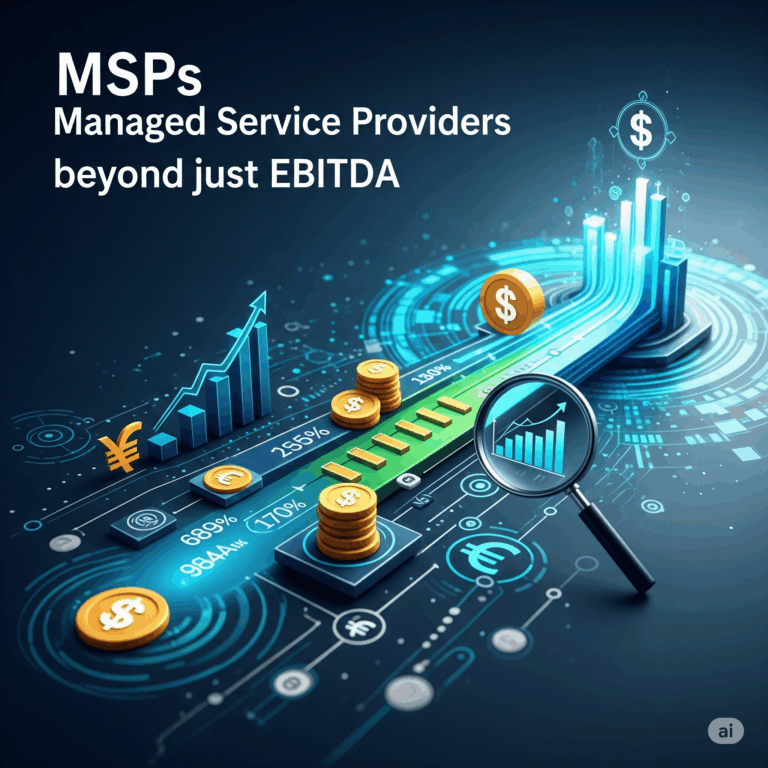The decision to sell your MSP (Managed Service Provider) is not one to be taken lightly. It’s a journey filled with emotional and financial considerations. This guide is designed to outline the process and provide a high-level roadmap from the moment you decide to sell to the point when the final wire transfer hits your account.
1. Sign a Non-Disclosure Agreement (NDA)
Once you have identified a potential buyer, the first step is signing a Non-Disclosure Agreement (NDA). This is crucial as it protects your sensitive business information during the due diligence process. Both parties are legally bound to keep shared information confidential, ensuring that your business details remain secure. You have no legal agreement to sell after signing an NDA, it is simply a document which starts the exploration of a sale for both parties.
2. Preliminary Diligence
The buyer will then request initial information to assess your company’s value. This often includes financial statements for previous years, sales split by customer and service, client contracts, and details about your service offerings. The buyer uses this data to formulate a preliminary valuation, which will guide the negotiations.
3. Agree to a Price and Structure
Once preliminary diligence is complete, you and the buyer will negotiate the price and structure of the deal. The structure could include an upfront payment, earn-outs, or seller financing. It’s essential to have a clear understanding of how the transaction will be structured, as this will affect both your payout and the ongoing relationship.
4. Sign the Letter of Intent (LOI)
After agreeing on the price and structure, you’ll sign a Letter of Intent (LOI). The LOI typically grants the buyer a 90-day exclusivity period to conduct detailed diligence, although this can be extended if needed. The LOI is a non-binding agreement that outlines the key terms of the deal and sets the stage for the final negotiation.
5. Diligence
During the exclusivity period, the buyer conducts in-depth due diligence. This phase will feel like an audit of your business and typically includes:
- Quality of Earnings (QoE) Review: Analyzing your financials to validate earnings and ensure there are no surprises.
- Customer Calls: The buyer may want to speak with key customers to understand the strength and longevity of your client relationships.
- Operational Review: The buyer will assess your internal processes, key personnel, contracts, and any potential risks.
6. Re-Trade (Hopefully Not)
If diligence uncovers issues that affect valuation or risk, the terms outline in the LOI may need to be changed in order to move forward with the deal. This is known as a “re-trade.” A re-trade is often frustrating for all parties in the transaction. Keeping records accurate and being transparent about upcoming risks from the start can help avoid this situation.
7. Closing
Once diligence is completed and both parties are satisfied, you’ll move to the closing phase. This is where final agreements are signed, legal documents are executed, and any last-minute details are ironed out. After closing, the buyer will transfer the agreed-upon funds to your account. This is the moment when your hard work pays off—literally. Ensure you have proper legal and financial advice to confirm all funds are received as expected.
9. Ongoing Relationship
Post-sale, you may still have some involvement with the business, depending on the deal structure. This could include a transition period, consulting, or earn-out arrangements. Building a good relationship with the new owners can ensure a smooth transition and protect the legacy of the business you’ve built.
Selling your MSP business is a complex process, but with the right preparation and professional guidance, it can be a rewarding experience. Understanding each step can help you navigate the sale with confidence and achieve the best possible outcome.
For more insights or to have a conversation about your business, contact Charlie at [email protected].




